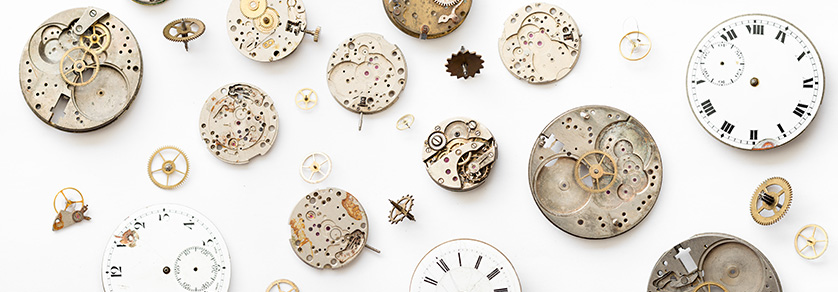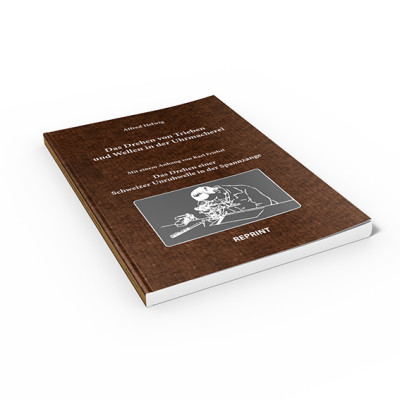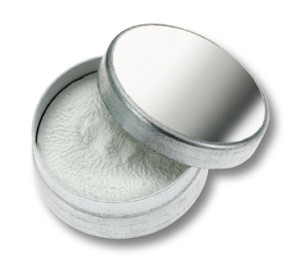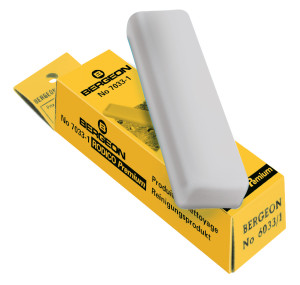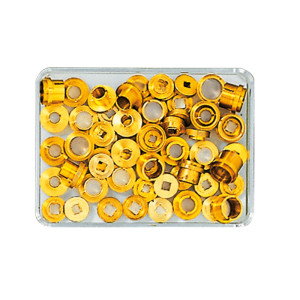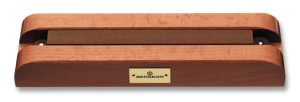Das Drehen von Trieben und Wellen in der Uhrmacherei (watch and clock book by Alfred Helwig)
product description
Das Drehen von Trieben und Wellen in der Uhrmacherei (watch and clock book by Alfred Helwig)
Author: Alfred Helwig
ISBN: 978-3-939315-60-5/9783939315605
Facts: 1953, Reprint Berlin 2018, 98 p./106 illustrations, A5 format, softcover
Book, "Das Drehen von Trieben und Wellen in der Uhrmacherei"
Alfred Helwig has left his mark with a plethora of essays, treatises, and textbooks. In this book, Alfred Helwig covers rotation in watchmaking, especially the rotation of drives and shafts, as was common in Glashütte/Sa.
Book about turning drives and shafts in watchmaking
The basis of turning a clock shaft is the circular setting of the rotary part. Only then can then rivet attachments, undercuts, pinions, etc. be turned. Helwig also covers the warping of shafts, the length of the drive teeth, the fitting and riveting of the wheel, the refinement of drives, the balance staff of the sea chronometer, and much more, in vivid and ample detail. Helwig supplemented his book with a treatise by Karl Friebel:
Turning a Swiss balance staff in a collet
This is no longer about turning between tips or eccentric turning, but about the more modern method of turning in a collet (American tongs). Everything needed to turn a balance staff is shown.
Conclusion: A book that anyone who deals with the turning shop in watchmaking should own.
About the Author, Alfred Helwig (DOB 05/07/1886; † 18/05/1974) (taken and translated from Wikipedia)
Alfred Helwig was a German precision watchmaker and specialist author, as well as the inventor of the flying tourbillon.
From 1900, Helwig completed a watchmaking apprenticeship in Sorau with the master watchmaker Gustav Dunkel, before he attended the German School of Watchmaking in Glashütte from 1904 to 1905. He then worked with Georg Braun in Hof. 1906 he was hired in the Glashütter Präzisions-Uhren-Fabrik A.G., and from 1908 he worked at Hamburg Chronometerwerken. In 1909, Alfred Helwig returned to Glashütte and worked at the Glashütter Präzisions-Uhren-Fabrik A.G. until 1911.
In 1911, Helwig opened his workshop for chronometry in Glashütte. From 1 April 1913 to 1944, he worked as a subject teacher at the German School of Watchmaking in Glashütte. In 1923, Alfred Helwig was appointed a senior teacher, and in 1933 received the title of trade lecturer. In 1937, Helwig was entrusted with development and research tasks, and the care of students was no longer part of his duties; thus ended the production of the famous Helwig student tourbillons at the GSW. In October 1954, he ended his work at the German School of Watchmaking in Glashütte.
Alfred Helwig specialised in fine tuning and tourbillons. In the 1920s, he developed a flying tourbillon, which was also produced by several of his master students under his guidance. This flying tourbillon was first realised in 1920 by Helwig in collaboration with his master student, Conrad Richter.
| Article name | Das Drehen von Trieben und Wellen in der Uhrmacherei |
| Besonderheit | WERKSTATT |
| Content | 98.00 |
| Unit content | pages |
More product information
| Article number | Content | Article | price | |
|---|---|---|---|---|
| 341313 | 98.00 pages | Das Drehen von Trieben und Wellen in der Uhrmacherei | 24,90 € * |
* incl. VAT excl. shipping costs
** applies to deliveries within Germany. For delivery times to other countries, use the the shipping infos button

